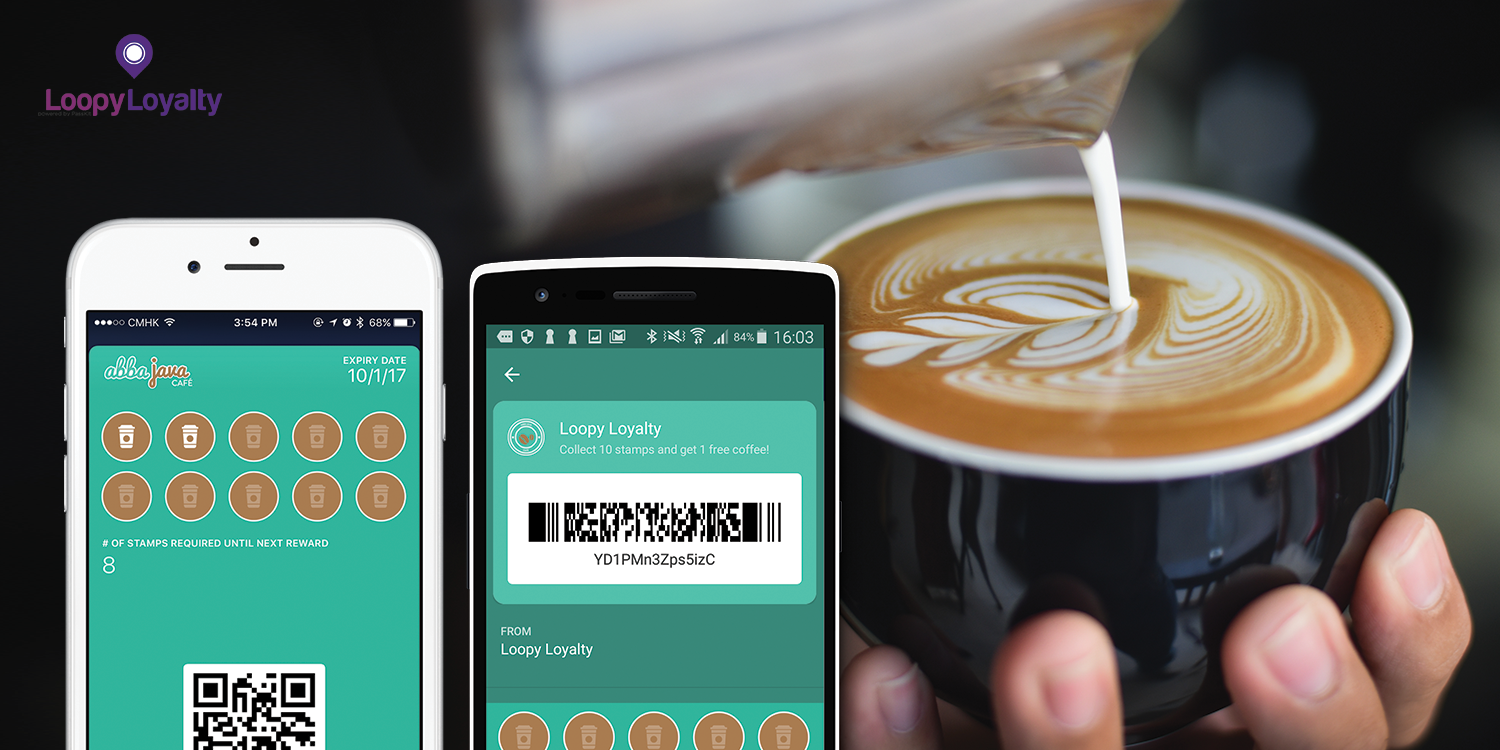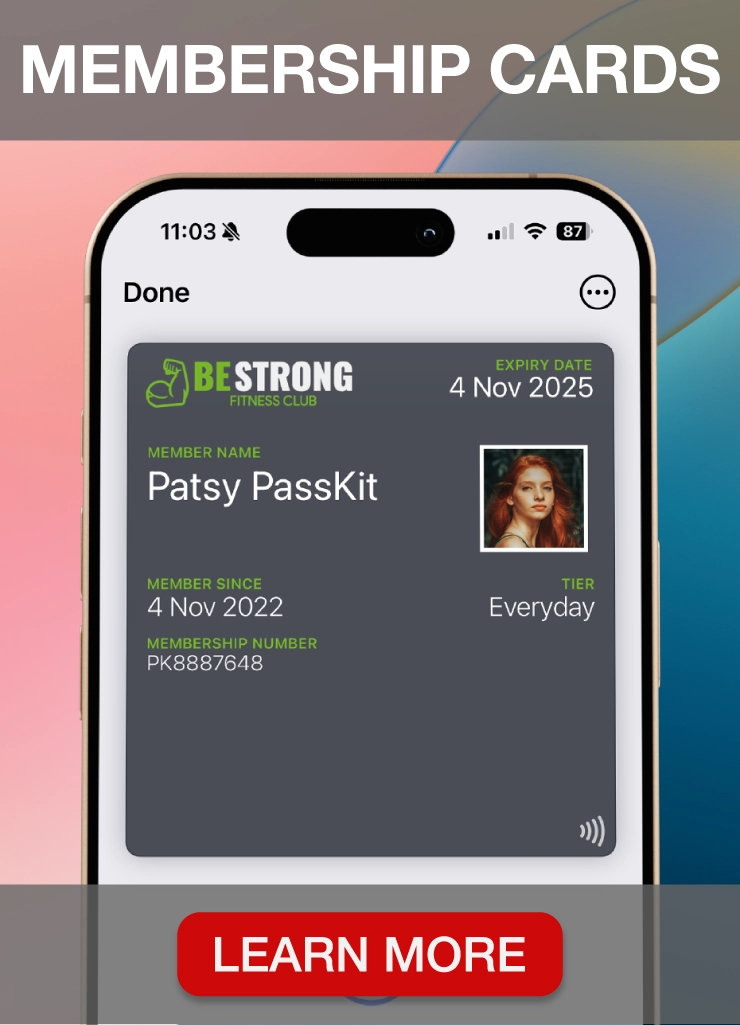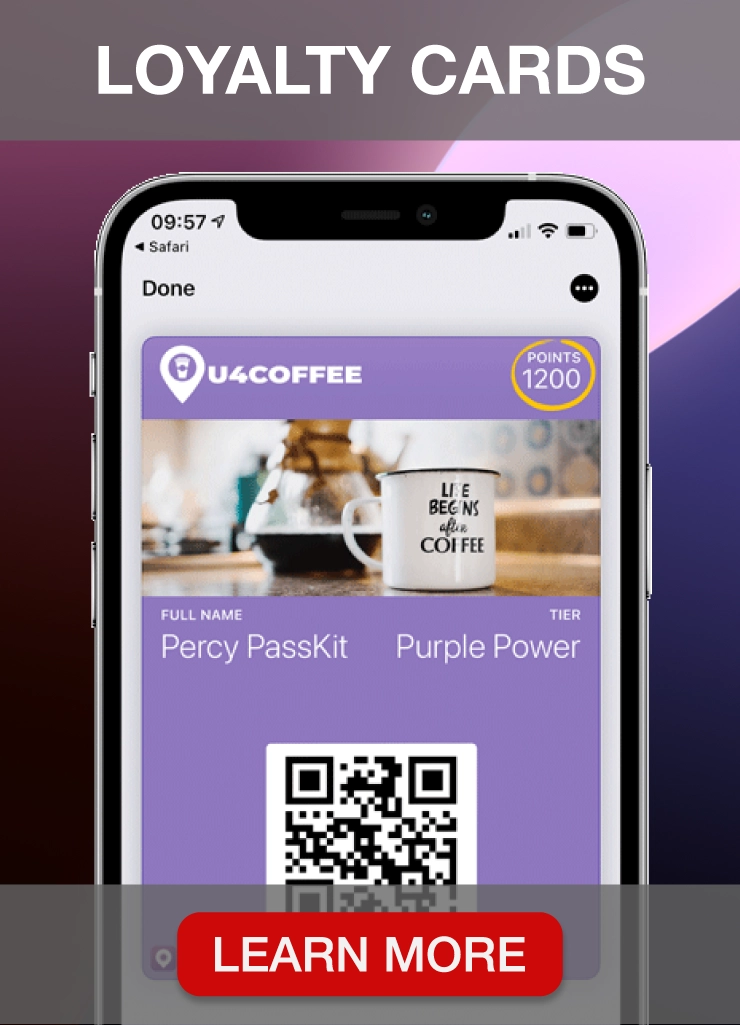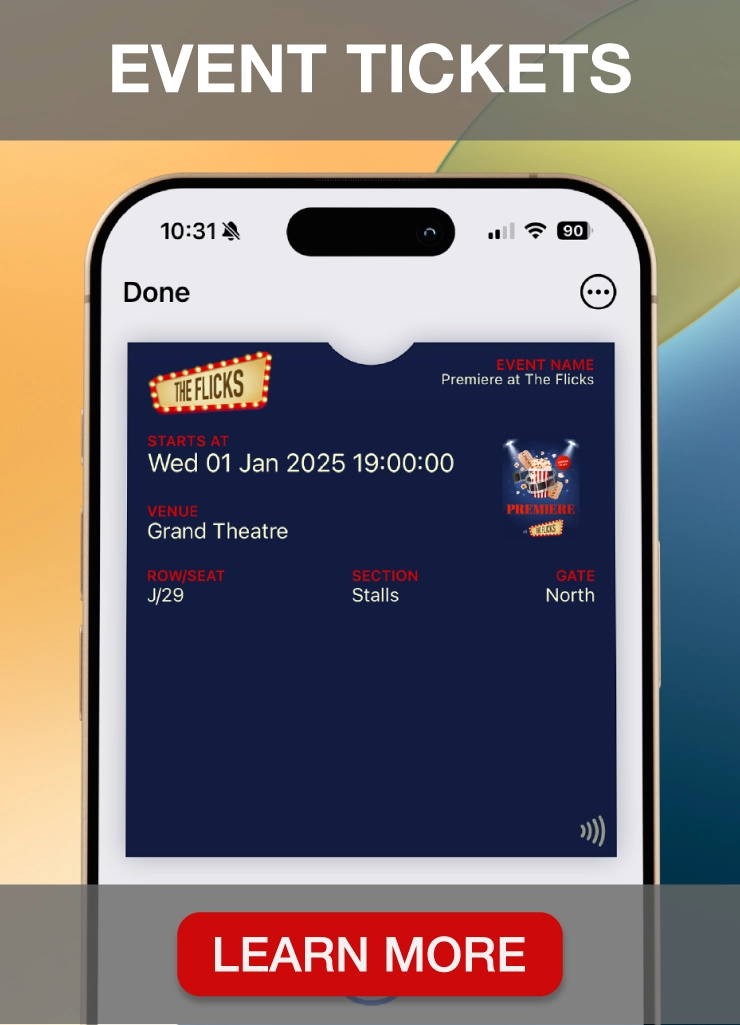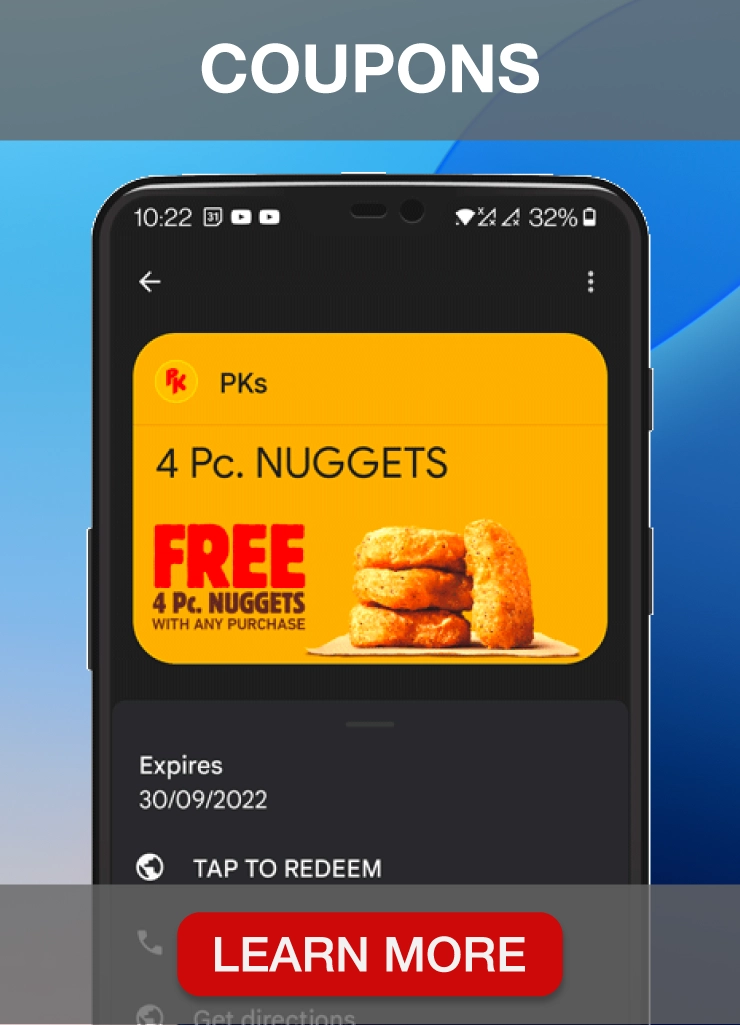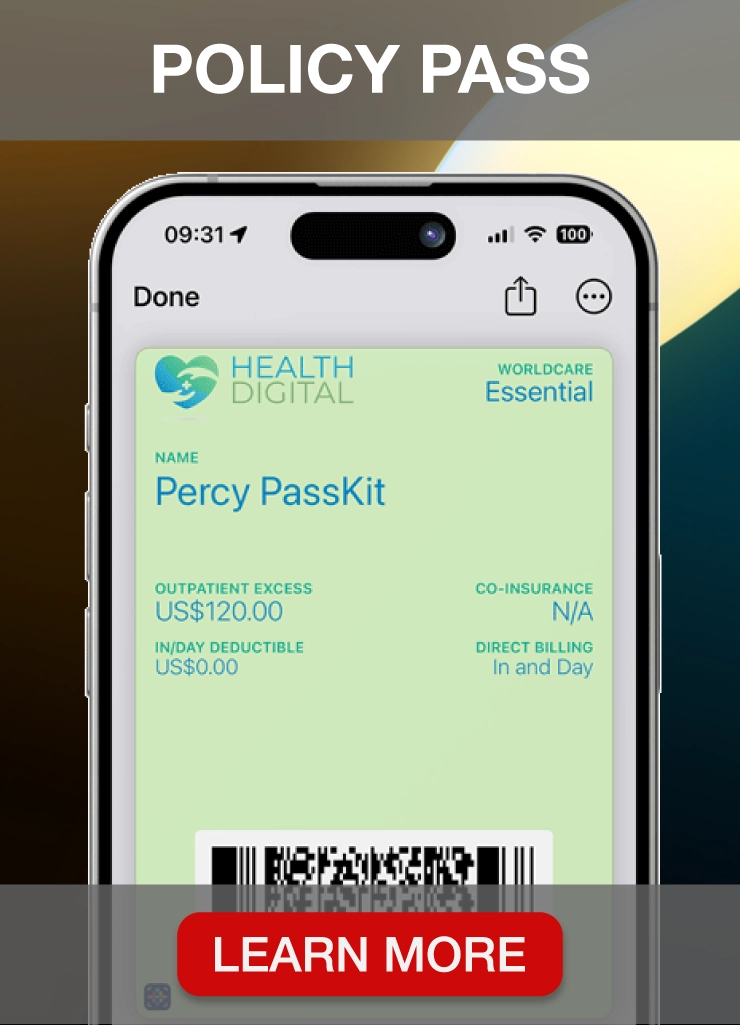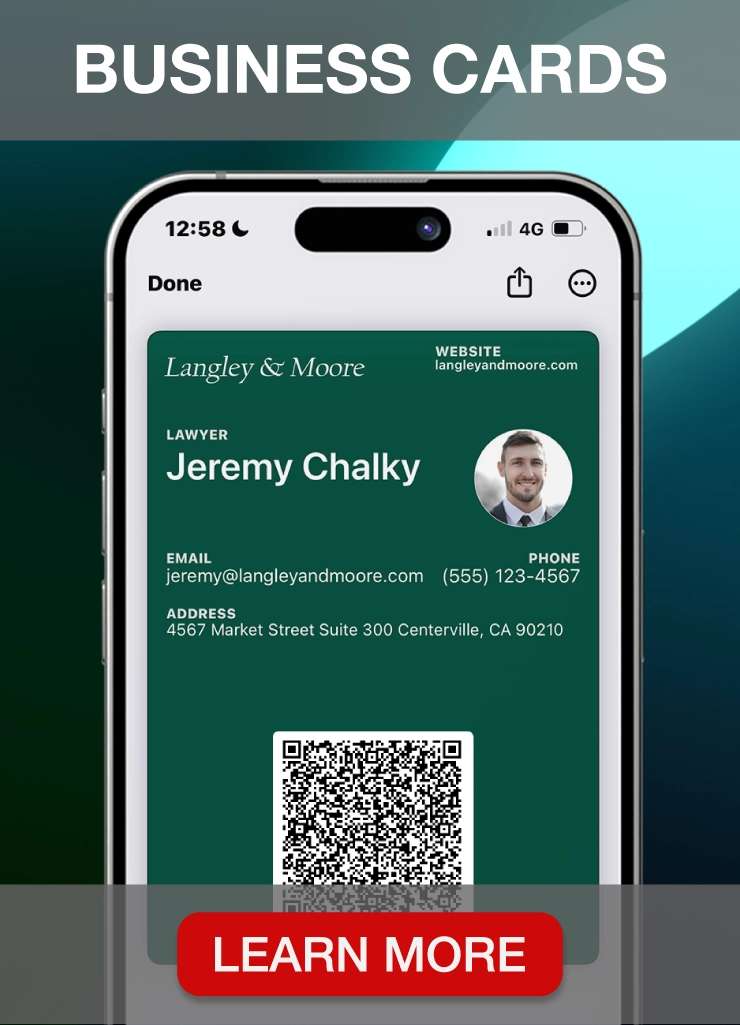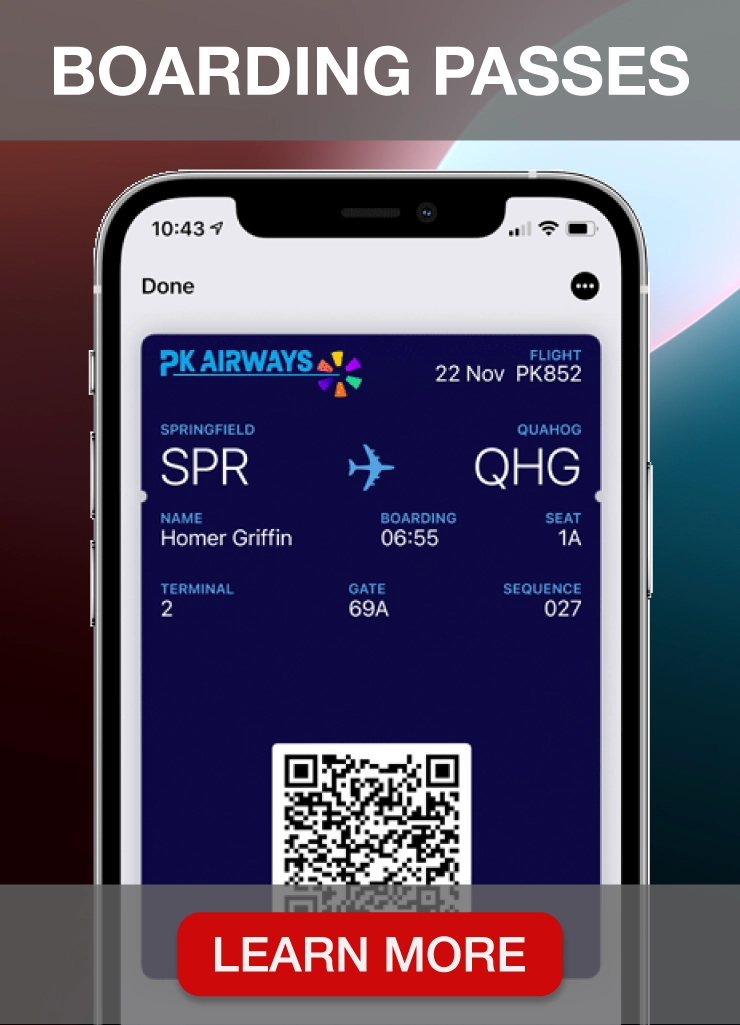You could say that we’re slightly obsessed with customer loyalty here at PassKit and we’ve written about it countless times.
Why? Because the best kind of customer is a returning customer.
When someone’s had such a positive experience with your brand, you want to keep them coming back for more. Or, in layman’s terms, you want them to be loyal.
What is customer loyalty?
In general, customer loyalty is defined as a customer having a firm belief and connection to your organization. This means that these customers believe your product (or your service) is the best option on the market.
Everyone has a set of personal values and morals, and when your brand fulfills them, this creates a genuine emotional connection.
Now, creating a connection with friends and family is easy. With brands, the best way to do it is through your customer service, products, and overall brand mission.
Days of corporations lacking personality are long gone. Today, it’s all about showing that your brand cares about what your customers care about.
So when a customer sees your product and one produced by your competitor, they will always choose your brand.
Why does customer loyalty matter?
Studies from the Harvard Business Review have shown that it costs 5 to 25 times more to acquire a new customer than to keep an old one.
And when you factor in that there are hundreds of different options for any product or service in the world, it becomes clear that it’s much better to keep your existing customers happy and save your money.
So if you want your business to continue growing profits and sales, you have to develop a wide network of loyal customers.
After all, when customers keep coming back to the same brand, it speaks volumes. Paying a lower price from another brand loses importance. The customers love your brand and know that they get value from being your customer.
Customer loyalty also measures how likely your customers are to do repeated business with you. And this is why customer loyalty matters so much to a business; it helps you grow your business, drives repeat visits and increases revenues.
Customer loyalty also means that these customers will stand by you if there’s ever a problem.
A loyal customer will not only remain supportive of your brand through problems but will also be willing to communicate and spend the time and effort to help your company overcome any issues.
Loyal customers can also help you grow your business:
- They’re willing to give feedback that can help you improve. Loyal customers are more willing to fill out surveys and communicate
- One issue won’t send a loyal customer away
- Loyal customers will recommend your products and services to friends (and word of mouth has the highest marketing ROI). Thanks to them, you’ll always have a reliable customer base to drive your business forward
Just like with word of mouth, there’s nothing like customer loyalty to drive repeat visits:
- Repeat buyers deliver the same revenue as 5 new customers combined
- The margins and profits on loyal customers are much higher than the new customers you’re acquiring at a discounted rate (repeat buyers make up at least 40% of revenue)
- Measuring your repeat customer rate will tell you a lot about how well your business strategy is working. If customers aren’t coming back, you should look into ways of changing your business model in order to keep them (and grow your business in a sustainable way)
Customer loyalty also increases revenue:
- A loyal customer will spend more money more often
- Loyal customers will buy your products that are priced at full retail (usually, promotions and discounts are applied for first-time customers to entice them). They don’t care as much about the price – they care about your brand
- Loyal customers tend to spend more at key times, which makes the bulk of your revenue during a particular season
- These customers will buy across your product lines, will pay more for added services or products, won’t need sales support, and they’ll make referrals on your behalf – all of which create the perfect revenue-increasing mix
- Forget convincing: loyal customers trust you, and they’re more willing to buy a new product
- The importance of word of mouth can’t be overstated, and loyal customers are the best promotional channel. They enjoy referring others to your company, and customers referred by loyal members have a 37% retention rate
At this point, it’s clear that it’s financially beneficial for businesses to grow and retain loyal customers. It’s the best long-term business growth strategy and one that won’t just help you increase profits, but optimize your products at the same time.
The best way companies reward loyalty is with customer loyalty programs.
Customer Loyalty: Loyalty and Reward Programs
A customer loyalty program, in a nutshell, is a reward program offered by the company to customers who make frequent purchases.
These rewards can include free merchandise, coupons, and/or early access to products. Companies, however, come up with many other ways to reward their customers, and it all depends on what the loyal customers would like.
You should absolutely have a clear strategy on retaining customers, but stay flexible. After all, loyal customers love providing feedback – make sure you hear them out on loyalty rewards, too.
We’ll take a look at five loyalty program examples to help you generate ideas, and reward your most loyal customers:
Sephora’s Beauty INSIDER (link) Sephora’s rewards program is point based. Customers earn 1 loyalty point for each dollar they spend at any Sephora retail store, online, and at Sephora stores inside JCPenny stores.
Sephora’s rewards program is point based. Customers earn 1 loyalty point for each dollar they spend at any Sephora retail store, online, and at Sephora stores inside JCPenny stores.
The points are tracked through a mobile app, but they have to provide an email when checking out in order to accumulate points.
Additionally, Sephora’s loyalty program is divided into 3 tiers. Each tier features unique rewards and the more you spend, the higher the tier, and the greater the benefits.
Sephora’s reward system offers small rewards at the base tiers of their program. This encourages repeat purchases by increasing the value of the rewards as the customers move up the loyalty ladder.
This system is effective because unlike a “buy 9, get the 10th free” type of royalty system, the rewards at higher tiers are simply too enticing and the gratification is very rewarding.
Thanks to interesting rewards, Sephora’s loyal customers never forget about redeeming their points.
Main takeaways:
- Offer additional value for each dollar your customers give to your business
- Make tracking simple
- Implement tiers to advance your customer loyalty program
Swire Restaurants Mobile Rewards
Swire Restaurants is a large restaurant and coffee shop operator based out of Hong Kong. They use Loopy Loyalty to power their entire mobile rewards program.
First, Swire sends a notification when one of their restaurants is offering a special.
For example, “Plat du Jour is offering complimentary dessert when you get lunch today!”
PUBLIC, another Swire coffee shop, sends a flash offer stating, “Buy 1 Get 1 Free on all coffees from 3 to 5 pm!”
So if there are a couple of friends who can’t decide where they want to grab lunch today, a pop-up notification about free dessert makes the decision for them. After all, who doesn’t like free desserts?
In PUBLIC’s case, the Buy 1 Get 1 coffee offer doesn’t just entice a customer to buy a coffee but also stimulates revenue during off-peak hours.
Once the offers are used, the loyal customer collects stamps on their digital stamp card whenever they eat at Swire’s restaurants. Later on, they can redeem them, and get rewards such as complimentary coffees (after 9 stamps), $100 dining credit, or even 50% off the entire next meal.
Main takeaways:
- Know when your customers need your services, and anticipate their needs
- Use your customer loyalty program to address and solve pain points (off-peak hours)
- Make the program digital and easy to use
Neiman Marcus’ InCircle (link)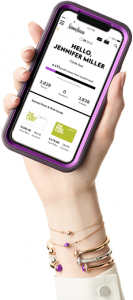 Neiman Marcus uses another point-based rewards system.
Neiman Marcus uses another point-based rewards system.
Unlike Sephora, Neiman Marcus’ customers earn 2 points for every dollar they spend.
Because of this system, there’s a lot of emphasis on advancing to the next tier. And NM has 5 regular and 3 luxury tiers.
Neiman Marcus’ rewards program has private offers and event invites, exclusive perks that let customers earn double loyalty points. Members of higher tiers can even get access to personalized travel services, wardrobe stylists, and restaurant reservations.
NM customers love being loyal because there are so many tiers, and the offers for big spenders make them feel like real superstars.
Above all, Neiman Marcus knows their clientele. Their rewards for each tier are on-brand, and exactly the type of rewards their customers are looking for. In turn, that makes them want to spend even more.
Understanding your customer means you understand their own sense of worth. Knowing your customers, their values, and how they want to feel valued will have a huge impact on their loyalty to a company.
In the Neiman Marcus’ industry, the customers find more value in non-monetary or discounted rewards. Neiman Marcus provides value to their customers in ways other than dollars.
Main takeaways:
- Know your clientele
- Offer more than just monetary value
- Play on exclusivity to stimulate loyalty
Essential Beauty (link)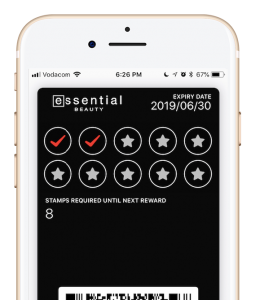 Essential Beauty is a waxing and skin specialist beauty salon in South Africa. They also use Loopy Loyalty to power their digital loyalty program.
Essential Beauty is a waxing and skin specialist beauty salon in South Africa. They also use Loopy Loyalty to power their digital loyalty program.
Essential Beauty believes that all their clients are special, and their digital loyalty and referral program are extra ways to say, “thank you for your trust.”
Their digital rewards program lives in a customer’s digital wallet so there is no chance of losing it or forgetting it.
Customers earn digital stamps every time they: visit the salon for treatments, buy products, refer a friend, and mail a review.
After collecting a certain number of stamps, customers receive Beauty voucher credit.
Main takeaways:
- Know (and appreciate) your customers
- Make the reward progress simple (like Essential Beauty’s stamps) to monitor
- Reward a variety of business-boosting behaviors
Bulletproof’s Bulletproof Rewards
Bulletproof is a coffee shop retailer and also has an online store where people can buy coffee-related products, food, and drinks. It’s interesting because most coffee shops have loyalty programs for actually buying coffee (for example: buy 9 cups get the 10th free), but their loyalty program rewards online purchases.
Bulletproof also uses a point-based system and customers can earn points by making purchases, sending out invitations, subscribing to their newsletters, submitting product reviews, adding product tags, and registering on Bulletproof’s website.
Bulletproof wants to entice clients to accumulate as many points as possible from actions and purchases that keep them as a customer.
Newsletters and subscriptions show up in customers email inboxes with reminders about promotions and new products and then will lead to purchase, and purchases with Bulletproof lead to more points, which lead to more purchases. It’s a closed circle of loyalty.
There are 4 tiers to this rewards program which include discounts and exclusive access to new products, low stock items, and limited quantity products.
Bulletproof’s loyalty program works very hard to encourage customers to interact with the brand.
Main takeaways:
- Encourage interaction with your brand
- Communicate with your customers
- Don’t just reward obvious behaviors (e.g. buying coffee) – reward everything that increases engagement and connection
Customer Loyalty: The takeaways
Create a brand
Customers are aware of programs that are just a clever way to get them to spend more money. Of course, that’s the overall goal, but you have to provide additional value.
Your customers have to believe in your company, align with its values and the “why” behind your product. Without that, you can’t compel your customers to stay loyal, and understand the real value behind spending more money at your company.
Analyze and understand your audience to develop your loyalty program
No two programs are alike. There’s always something that will work better or worse for your company, audience, and your business model.
In order to create a great loyalty program, you have to understand your customers. For example, Neiman Marcus’ loyalty program matches their customers’ lifestyle.
Similarly, Bulletproof’s loyalty program keeps customers’ values in mind (without forgetting about their own business plan). They’re growing their online business so they developed their loyalty program to help it grow.
Reward a variety of customer actions
The main thing to ask yourself is: How can we reward this customer’s commitment beyond just purchases?
Bulletproof rewards subscribing and referrals, so your company can reward watching videos, engaging on Instagram, following and sharing content, etc.
Again, customers know when you just want to get more money without giving them extra value, so make sure they earn from engagement and connection – not just purchases.
Offer a variety of rewards
Depending on your brand and your customers, you can consider a variety of reward systems. Sephora customers like points, but Neiman Marcus customers prefer tickets and invites.
You can even consider charity donations in the customer’s name, which may be more enticing than cash back or free products.
The most important thing is to do your research well and understand your audience. Once you’ve done that, you can introduce different and creative rewards that will set you apart from the competition.
Make sure your points are valuable
If you ask a customer to join your loyalty program, it better be worth their while. If it’s not, they won’t use it, which means they’re not a loyal customer that will help your business grow, drive visits, and increase revenue.
If you want your customers to give you more value, you should do the same. For example, if they spend one dollar, it should equal to 1 or 2 points which are stored in their account.
If you offer 10% off for a certain amount spend, that doesn’t seem worth it. The reward for a sale won’t entice them enough to continue buying from your company.
However, 20% off for signing up for their newsletter might just do the trick.
Make your customers your family
Useful and cheap products are great, but they’re not enough. They’re convenience purchases, and while they can boost revenue, they’re not a guarantee of growth.
Customers today understand that their money is their vote for the kind of world they want to live in, and it’s much better to live in a world where they understand brands’ purposes and align with them.
Customers understand that running a business is hard work, which is why it’s important to show the vision behind every product – and respect for people who use it.
By implementing customer loyalty programs, you show more than a desire to grow your business. You show that you want your customers to be a part of your success.
What better way to show it than by providing value?
